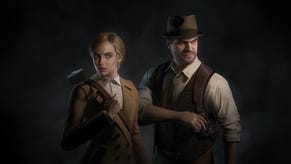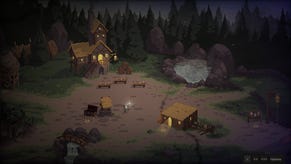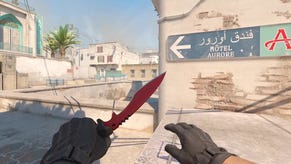Even Super Mario 64 has ray tracing now
It's not officially on PC, so keep the real-time lighting and reflections to yourselves. Deal?
The PC’s never-ending march to add ray tracing to everything has now made it onto other platforms. Super Mario 64 RT (or 'SMT64RT' if you're pressed for time) is the latest, albeit unofficial version of the Nintendo 64 classic for PC, grafting a lighting system onto the 24-year-old console game. Digital Foundry took a look at the mod and cried fully dynamic and simulated tears of joy.
What this proof of concept port shows is real-time global illumination of Mario’s world. It’s very thoughtfully done. All the lighting sources had to be placed manually by the creator of the build, Daríosamo, because the original game only looks like it has light sources. It’s so old that God hadn’t said “let there be light” yet. All the castle torches now cast their own lights, with lovely, ever softening shadows forming as you wander through the corridors. Lots of 3D models have been added to replace the 2D sprites that made up the backdrops, and all the original 3D models have been upgraded to keep a consistent look.
Any polished surface now reflects the world around it, which is best shown off when DF grabs the Metal Mario power-up, but will also enable things like doorknobs to reflect things, too. The brass door handles on Princess Peach’s castle have never been so polished.
None of this is easy. You have to compile the release yourself from source, because Nintendo generally frowns upon people giving away their stuff for free in a playable form. It requires a ray tracing capable graphics card. Digital Foundry were running an RTX 3090, which you probably don’t have. But if you do, and if you have the skills to compile it, you can grab the version in the video from here.










